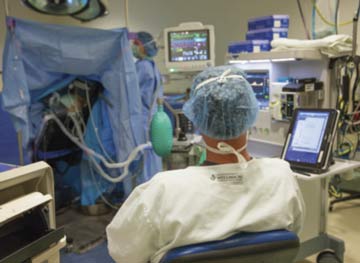The CAT model is quite different from the Anesthesia Care Team (ACT) model, which, according to the American Society of Anesthesiologists, involves anesthesia care provided personally by an anesthesiologist or by a non-physician anesthesia practitioner
directed by an anesthesiologist. This, in my opinion, inherently limits value-based care by limiting CRNAs from their full contribution to caring for patients. CAT, on the other hand, encourages all anesthesia providers to use their entire
skillset — and expand it — to the benefit of patients. Teams don't limit value — they maximize value. With a value-based approach, we don't utilize concepts like "supervision," but instead allow professionals to focus on
patient outcomes.
I believe the ACT model also limits the privileges of CRNAs and their ability to practice (or potentially, compete effectively) in the future. This is a scarcity approach that inherently drives up costs from duplicative services. When everyone
is maximizing value at the local level, more broadly, costs of care decrease and access to care increases.
Using interprofessional collaboration in anesthesia isn't new. However, we see the need to formalize the concept so that hospital and ASC administrators can more easily understand how the model increases value for their facilities.
Anesthesiology services are changing, and providers must work to increase value while lowering costs. During and after COVID-19, the country needs all anesthesiology professionals to make their full contribution to patient care. That's what maximizes
value. Collaborative anesthesiology teams — whatever their makeup — are the future. OSM
.svg?sfvrsn=be606e78_3)

.svg?sfvrsn=56b2f850_5)